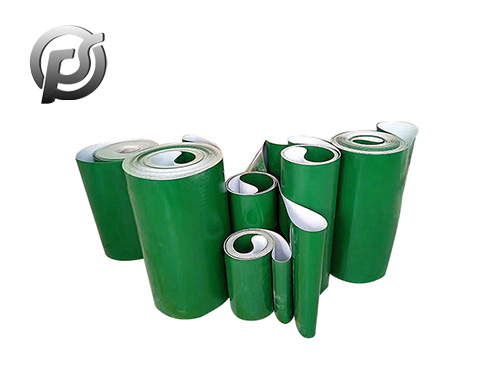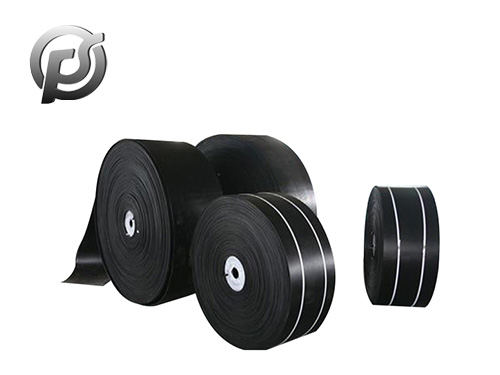At present, the telescopic
belt conveyor is widely used in logistics, express delivery, food transportation and other industries. Because its installation accuracy is not like machine tools, large motors and other precision equipment, the installation conditions are very high, so some users will choose to do it themselves.
But the installation of the telescopic belt conveyor is not completely without precision requirements. Because the installation once there is a problem, will be on the follow-up debugging and acceptance work, bring unnecessary trouble. And in the use of production, it is also easy to cause accidents such as belt deviation.
The following small series for you to briefly introduce, how to correctly install and debug the telescopic belt conveyor, roughly divided into the following steps.
Preparations before installation:
First, familiarize yourself with the drawings. Through the drawings can master the structure of the product, installation methods, components and quantity, performance parameters and other important information. Then, familiarize yourself with the important installation dimensions and technical requirements on the drawings.
As there may not be enough space to move during the installation, it is necessary to pick out the installed equipment, mark it, and set up the installation position for hoisting. After lifting in place, it is necessary to investigate the installation site to eliminate adverse factors affecting lifting and installation of equipment. When installing, try to find out all the equipment to be installed and used, and lift it in place at a time, which not only saves the crane cost, but also improves the work efficiency.
Installation steps of telescopic belt conveyor:
Whether the telescopic belt conveyor can operate normally and smoothly after being installed mainly depends on the installation accuracy of driving device, drum and tail wheel. The center of the telescopic belt conveyor bracket, whether and the center line of the driving device and the tail wheel coincide.
Installation of driving device:
Using theodolite in the nose (drive device) and tail (tail wheel) between the marking, so that the nose and tail between the center line into a straight line, with this method can ensure higher installation accuracy.
The installation drive device is mainly composed of motor, reducer, driving drum, bracket and other parts.
First of all, we put the driving drum and bracket assembly, placed on the embedded plate, in the embedded plate and bracket between the steel plate, leveling with a level, ensure that the level between the four points of the bracket is less than or equal to 0.5mm.
Then, find out the middle line of the driving drum, place the line pendant on the middle line, adjust the driving drum longitudinal and transverse middle line and the base center line.
When adjusting the elevation of the driving drum, we should also consider reserving a certain allowance for the adjustment of the elevation of the motor and reducer. Since the connection between the motor and the reducer has been adjusted on the bracket when the equipment is manufactured, our task is to align, level and ensure the coaxiality between the reducer and the driving drum.
When adjusting, take the driving drum as the benchmark, because the reducer and the driving drum are connected with nylon rod elastic connection, the coaxiality accuracy can be appropriately relaxed, adjust to the radial is less than or equal to 0.2mm, the end face is not more than 2/1000.
Installation of tail wheel and drum:
The tail wheel is composed of two parts: bracket and drum, and its adjustment steps are the same as the driving drum.
Leg, middle frame, roller support, roller installation belt machine leg most of the shape of H type, its length and width according to the belt length and width, belt transport volume and so on different.
Installation of accessories and safety devices:
The installation of accessories must be carried out after the belt is put on the bracket. Accessories include empty section cleaner, head cleaner, anti-deviation switch, belt tensioning device, etc.
After the operation of the above methods and steps, and to ensure a certain range of accuracy, through the empty load and load test, positive and negative direction test run, and the belt deviation adjustment, you can run smoothly and safely.
Debugging steps of telescopic belt conveyor:
After the correct installation of the telescopic belt conveyor, it is necessary to debug it carefully to ensure smooth operation.
The normal tensioning degree directly affects the service effect and service life of the conveyor. Too loose tension will form the conveyor belt running deviation, and too tight tension, and affect the service life of the belt, even can not rotate or rotate the belt jumping up and down.
Debugging and installation of belt conveyor, first of all to adjust the belt parallelism and levelness, parallel will form a belt force is not uniform, levelness will not cause the belt deviation.
When starting, it should adopt the point motion mode. After starting, it should gradually speed up to the required speed. It is usually advisable for the running speed to reach 60% of the limit speed.
 Optimizing Operations with PE Conveyor Belts: Durability, Efficiency, and Versatility
Optimizing Operations with PE Conveyor Belts: Durability, Efficiency, and Versatility
 Exploring the Efficiency and Versatility of Light Conveyor Belts
Exploring the Efficiency and Versatility of Light Conveyor Belts
 Polyester Conveyor Belts: Enhancing Efficiency and Reliability in Material Handling
Polyester Conveyor Belts: Enhancing Efficiency and Reliability in Material Handling